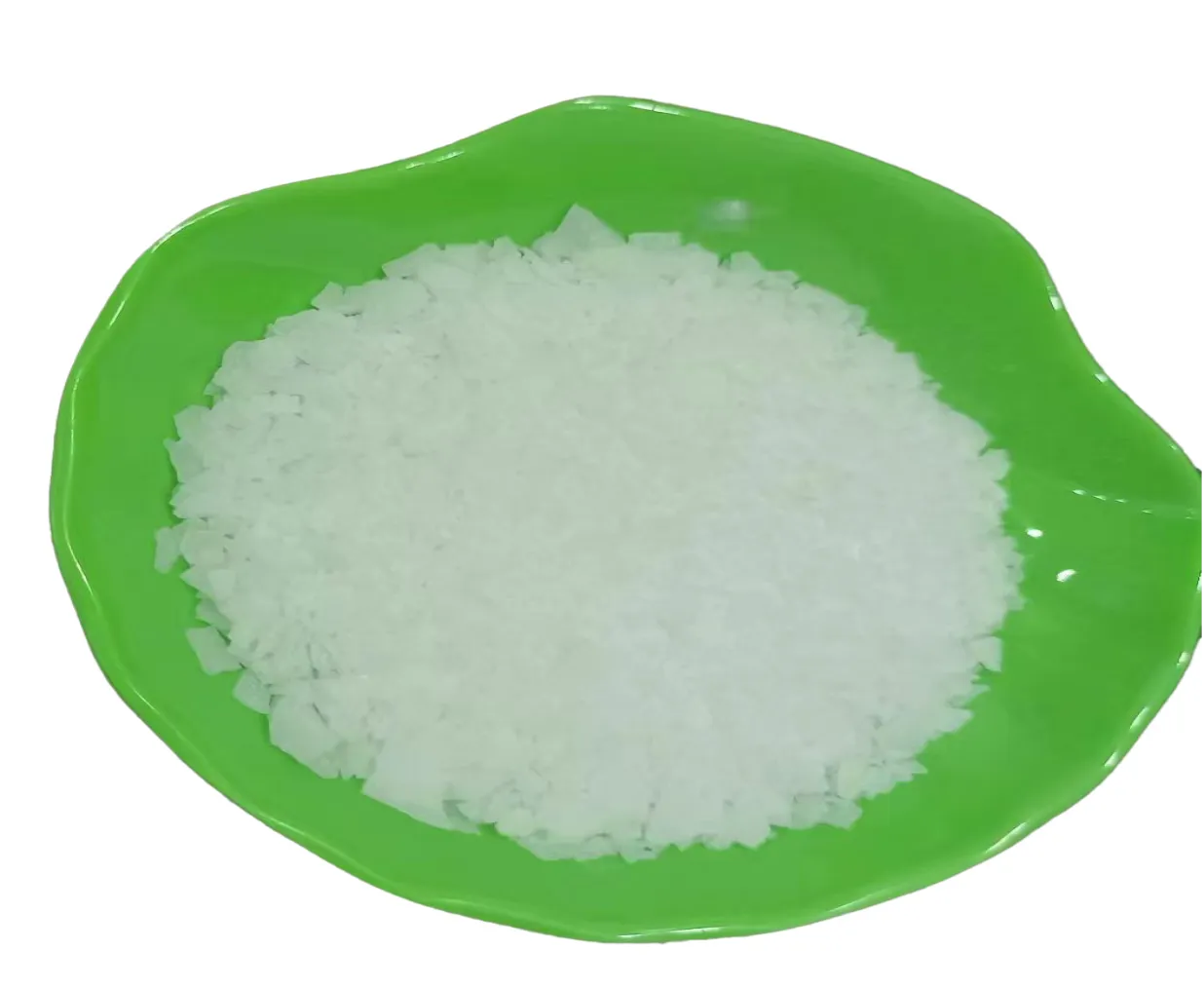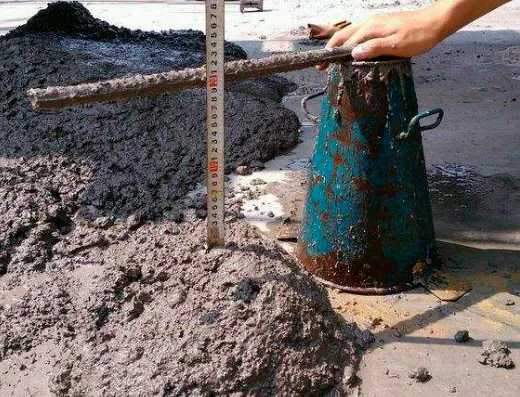
Understanding Water Reducing Admixtures: PCE, HRWR, and Concrete Performance Enhancement
Water reducing admixtures have revolutionized the construction and concrete industries by significantly improving workability, strength, and durability without increasing water content. Whether it’s for skyscrapers, bridges, or precast elements, the correct concrete water reducer admixture ensures optimal concrete performance. Among these, polycarboxylate water reducers—particularly PCE (polycarboxylate ether)—have emerged as the industry standard for modern high-performance concrete.
This article dives deep into the world of concrete water reducing admixtures, exploring their types, benefits, market pricing, and key product options, such as PCE superplasticizers and polycarboxylate plasticizers.

Exploring Water Reducing Admixture Types: From Traditional to High-Performance
What Are Water Reducing Admixtures?
Water reducing admixtures are chemical compounds added to concrete to decrease the water-cement ratio while maintaining the required workability. The result is a stronger, more durable mix. These admixtures are essential for projects where high performance and long-term durability are required.
So, what are water reducing admixtures used for? Primarily:
Enhancing concrete strength
Reducing water content
Improving workability without additional water
Increasing resistance to sulfate attack and freeze-thaw cycles
Categories of Water Reducing Admixtures
There are several water reducing admixture types commonly used in concrete:
Normal Water Reducers (Lignosulfonates)
These first-generation additives reduce water content by about 5–10%. Though affordable, they offer limited performance and are gradually being replaced by advanced alternatives.
Mid-Range Water Reducers
Offering better performance than lignosulfonates, mid-range reducers improve concrete cohesion and reduce segregation.
High Range Water Reducing Admixtures (HRWR)
Also known as HRWR superplasticizers, these admixtures can cut water content by up to 25%. They are widely used in precast, high-rise, and bridge deck applications.
Polycarboxylate Ether (PCE) Superplasticizers
The latest generation of superplasticizers, PCE superplasticizer products offer excellent flowability, long slump retention, and low water content—making them the go-to option in high-strength and self-compacting concrete.
Among these, polycarboxylate concrete mixtures have become the top choice for advanced construction projects requiring ultra-high performance and reduced environmental impact.

PCE Superplasticizers: The Future of Concrete Water Reduction
What Makes PCE the Industry Standard?
PCE (short for polycarboxylate ether) is a high-efficiency water reducer known for its molecular design flexibility and superior dispersing ability. Unlike older lignin or naphthalene-based reducers, PCE water reducer molecules can be tailored to control the workability, setting time, and slump loss in concrete.
Key advantages of using polycarboxylate plasticizer in concrete:
Up to 30% water reduction
High early and final strength development
Excellent slump retention
Reduced shrinkage and cracking
Enhanced durability and surface finish
These properties make polycarboxylate ether superplasticizer ideal for self-compacting concrete (SCC), high-performance concrete (HPC), and ultra-high-performance concrete (UHPC).
PCE Factory and Market Insights
Due to rising global demand, PCE factory production is rapidly growing, especially in China, India, and the Middle East. PCE production involves sophisticated polymerization technologies to develop high-performance polymer chains that meet diverse regional and climatic needs.
When it comes to cost, the polycarboxylate ether superplasticizer price depends on factors like solid content, slump retention time, and purity. In general:
Entry-level PCE products range from $900 to $1,200 per ton
High-performance PCE with advanced features may cost $1,500 to $2,000 per ton
Despite the higher price point compared to traditional reducers, the long-term cost savings due to reduced cement content and improved performance make PCE a more sustainable choice.
Choosing the Right Concrete Water Reducer for Sustainable Construction
As the construction industry pushes for greener, more efficient materials, the adoption of high range water reducing admixtures is set to accelerate. Concrete water reducing admixtures, particularly polycarboxylate water reducer variants, offer unmatched performance benefits including lower water demand, improved strength, and reduced cracking.
From high-rise buildings to infrastructure megaprojects, selecting the right concrete water reducer—whether it's a PCE superplasticizer, polycarboxylate plasticizer, or HRWR superplasticizer—can dramatically improve construction outcomes.
When choosing an admixture, it is essential to consult with reliable PCE factories or distributors who can offer technical support and customized solutions. The future of concrete is not only stronger but also smarter—with polycarboxylate concrete leading the way.
FAQ Section with Keyword Titles
1. What Are Water Reducing Admixtures and How Do They Work in Concrete?
Water reducing admixtures are chemical compounds added to concrete to lower the water-cement ratio without sacrificing workability. They increase concrete strength, durability, and resistance to environmental damage. Types include lignosulfonates, mid-range reducers, and high range water reducing admixture options like PCE.
2. What Is a PCE Superplasticizer and Why Is It Widely Used?
A PCE superplasticizer is a polycarboxylate ether–based chemical admixture designed for high water reduction and superior workability in concrete. It allows up to 30% water reduction, making it essential for producing polycarboxylate concrete and self-compacting mixtures.
3. What Are the Main Water Reducing Admixture Types Available?
The main water reducing admixture types include:
Normal reducers (lignosulfonate-based)
Mid-range reducers
High range water reducing admixtures (HRWR)
Polycarboxylate water reducers, the most advanced and widely used in modern applications.
4. How Much Does Polycarboxylate Ether Superplasticizer Cost?
The polycarboxylate ether superplasticizer price typically ranges from $900 to $2,000 per ton, depending on the performance specifications and solid content. Despite its higher cost, it offers significant benefits in concrete quality and sustainability.
5. How to Find Reliable PCE Factory Suppliers for Water Reducers?
When sourcing from a PCE factory, check for:
Proven technical specifications
ISO certifications
R&D capabilities
Tailored solutions for different climates and cement types
Trusted polycarboxylate plasticizer suppliers often provide customized formulations and technical support for optimal concrete performance.
-
Exploring the Versatility of Polyvinyl Alcohol (PVA)소식Aug.13,2025
-
Understanding PVA and Polyvinyl Alcohol: Versatile Tools in the Construction Industry소식Aug.13,2025
-
The Versatile Power of Polyvinyl Alcohol: From Bulk PVA Bags to Plaster Bonding소식Aug.13,2025
-
The Role of CP1000 and Polycarboxylate Ether in Modern Water Reducing Admixtures소식Aug.13,2025
-
Redispersible Latex Powder: The Backbone of Modern Dry-Mix Mortar Formulations소식Aug.13,2025





















